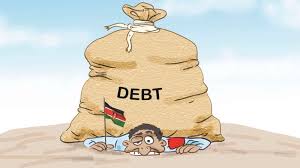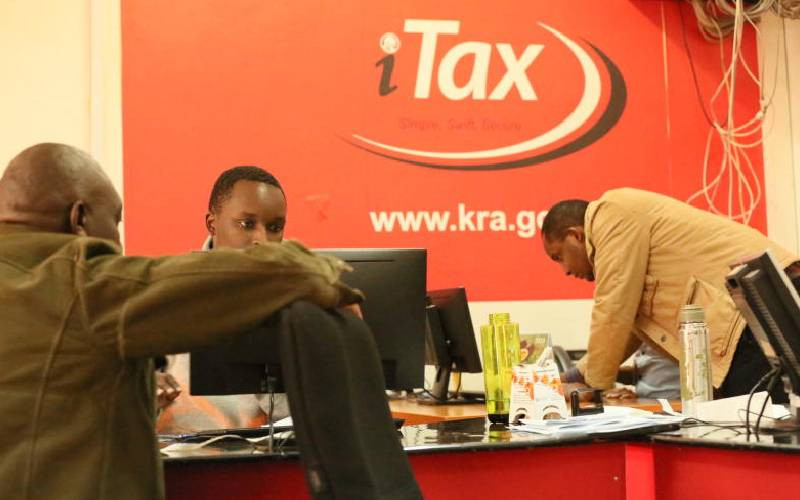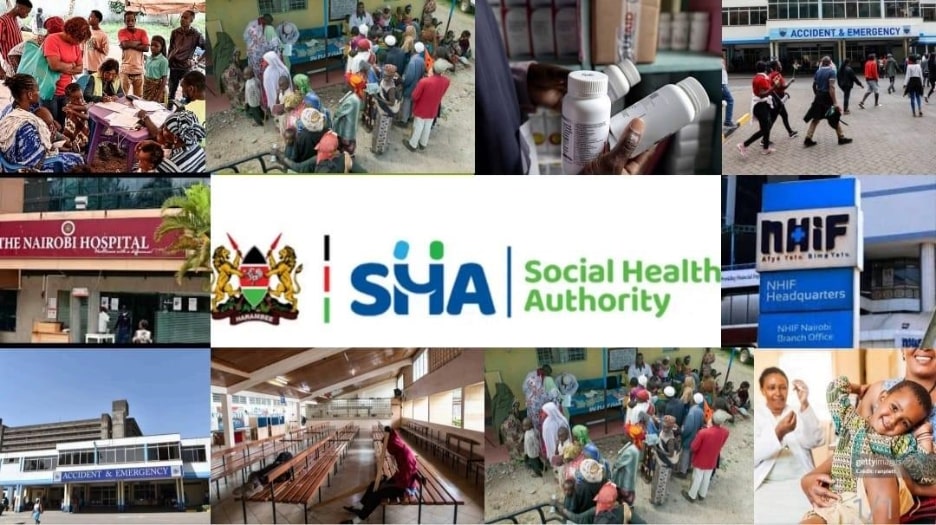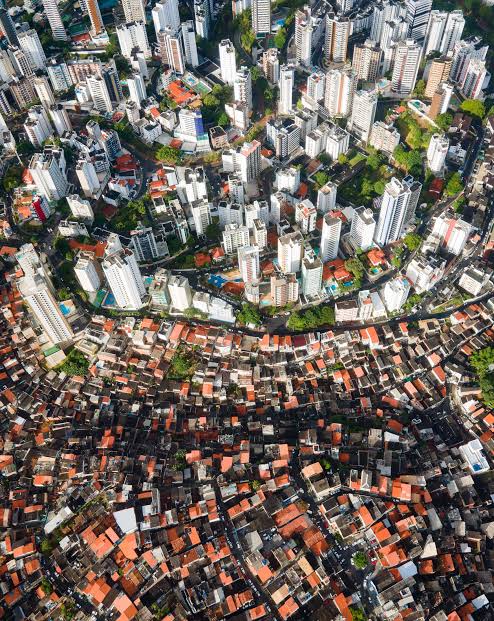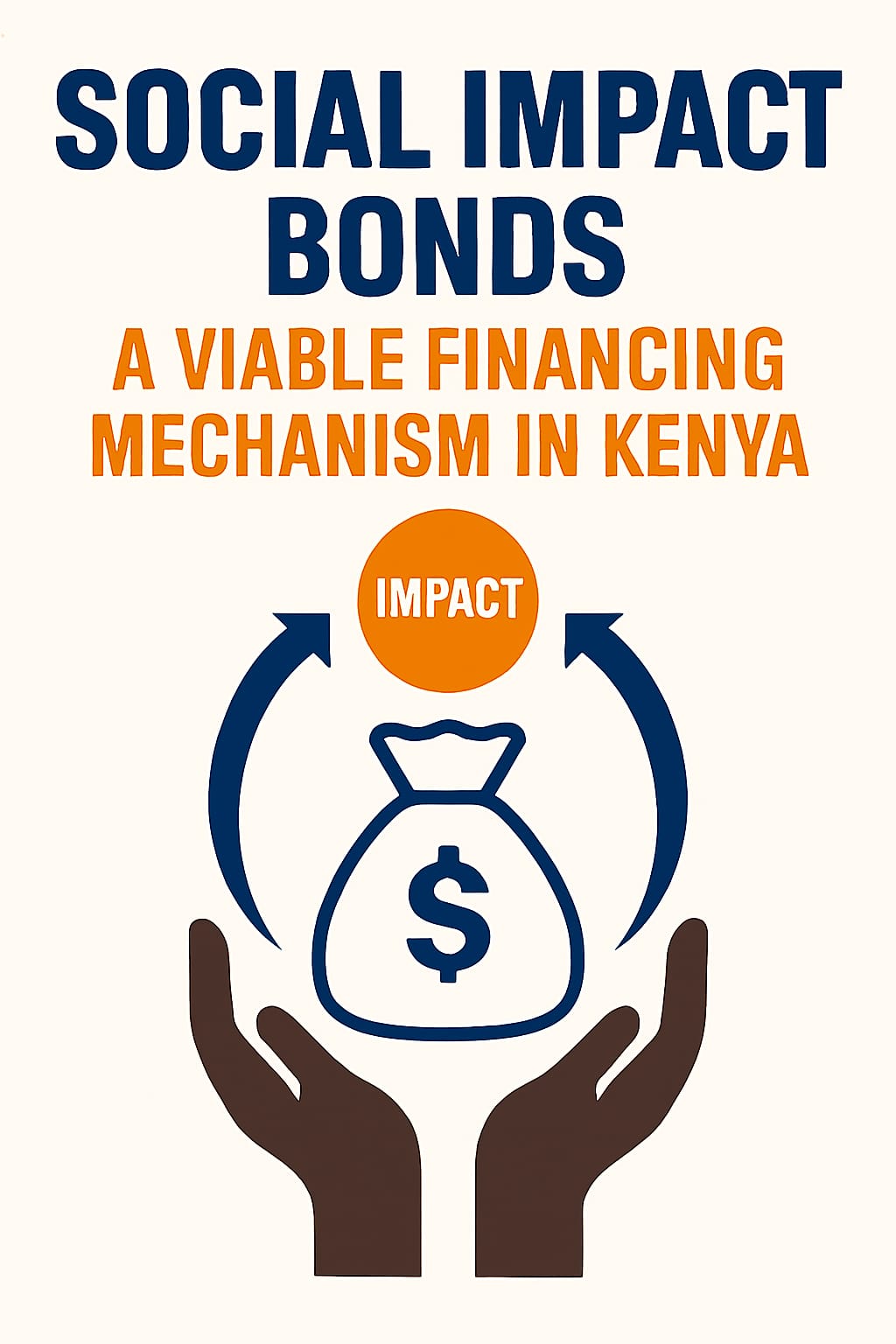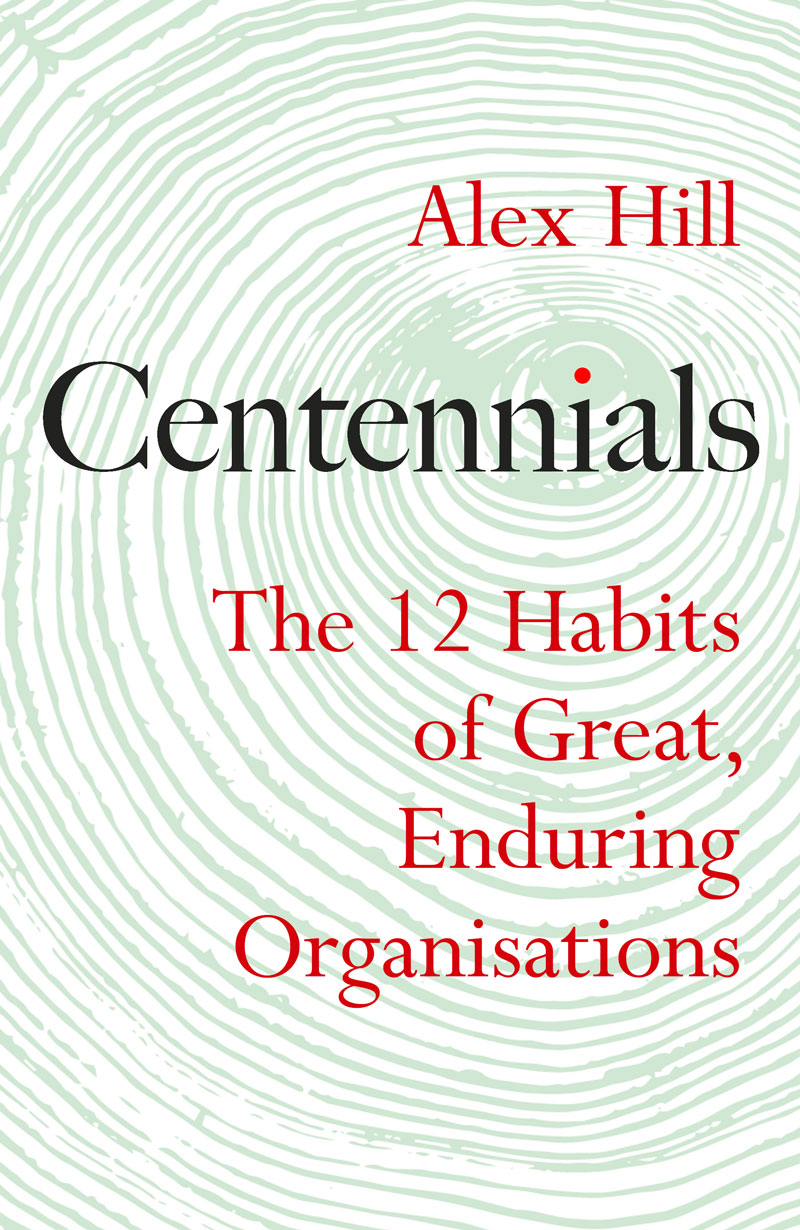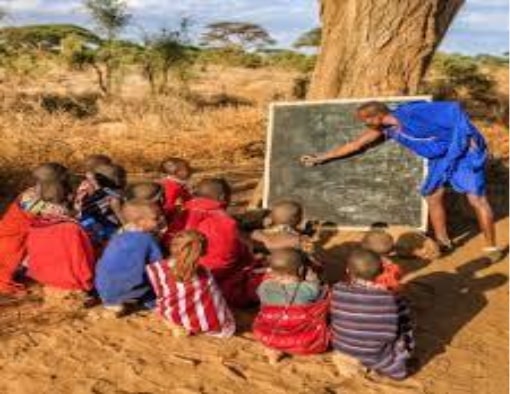Thursday, October 2, 2025
Author: Spencer Muhonja
Category: Budget, Financing, Donor Funding
⏱️ Estimated Read Time: 7 min read


Kenya, like many other developing countries, has been a beneficiary of donor funding. The country has received millions of dollars annually over the past few years, as illustrated in Table 1 below. This has aided in curbing some of the country's socio-economic challenges, such as feeding programs for refugees, healthcare financing, and agricultural development, as well as poverty reduction campaigns that provide jobs for people in various Non-Governmental Organisations (NGOs) and healthcare facilities, among others.
Table 1: Donor funding ($) in Kenya between 2016 - 2024
| Year | Funding ($) | Pledges ($) |
|---|---|---|
| 2016 | 208,272,846 | - |
| 2017 | 339,885,473 | 12,239,902 |
| 2018 | 217,189,801 | - |
| 2019 | 208,448,505 | - |
| 2020 | 186,534,863 | - |
| 2021 | 202,218,041 | - |
| 2022 | 482,482,420 | - |
| 2023 | 444,931,773 | - |
| 2024 | 388,824,789 | 15,000,000 |
Source: Author’s compilation from OCHA Financial Tracking Services 2016-2025
Among the major international donors for Kenya has been the United States government through the United States Agency for International Development, USAID. This funding was, however, cut short by the US federal government. Kenya is among the most affected countries worldwide from the abrupt cessation of the USAID funding. The US government, through the office of the president, stated that its reason for USAID withdrawal was that it did not align with the “ America First” agenda. This should be a contributor to the notable drop in the total donor funding for the year 2025, given the higher amounts they have made in the preceding years, as illustrated in Table 2 below. The donations in 2025 might change as the year has not yet concluded, and donors such as the Australian Government are yet to complete their application and selection process for grants and donations.
Table 2: Donor Funding in US $ Million in Kenya, 2021-2025
| Donor | 2021 | 2022 | 2023 | 2024 | 2025 |
|---|---|---|---|---|---|
| Australian Government | 0.8 | – | 2.3 | 2.7 | – |
| Denmark Government | 10.4 | 6.1 | 7.7 | 2.4 | – |
| European Commission | 0.7 | 20.8 | – | – | – |
| Jersey Oversea Aid | 0.0 | 0.4 | – | 0.3 | – |
| Swedish Int’l Dev. Cooperation Agency (Sida) | 6.1 | 3.8 | – | – | 1.8 |
| IKEA Foundation | – | – | – | – | – |
| United Nations High Commission for Refugees (UNHCR) | – | – | 0.2 | – | – |
| UN Office for Disaster Risk Reduction | – | – | – | – | – |
| New Zealand | – | – | 0.6 | 0.0 | – |
| Poland | – | – | – | – | – |
| European Commission Humanitarian Aid & Civil Protection Department | 15.2 | 20.8 | 15.6 | 28.4 | 25.2 |
Source: Author’s compilation from OCHA financial tracking services 2021-2025
Projects on the fight against HIV and tuberculosis have been highly affected by the withdrawal of the USAID funding. As illustrated in Figure 1 below, there has been progress achieved over the past two decades, more specifically, a 59.8% drop in the number of infected persons. The halt in funding comes with uncertainties about how this progress will be sustained. The fight against tuberculosis and malaria was 70% funded by USAID before the withdrawal by the US administration. The World Health Organisation, WHO, reported that the fight against tuberculosis, among the world's deadliest infectious diseases, had the USAID as the major contributor as well, by approximately 89% of the total funding. This initiative has led to service and treatment provision for many and even the prevention of deaths of millions of people across the world. With the abrupt halt, low and middle-income countries, like Kenya, are most vulnerable to the disease due to the high number of the population that cannot get treatment as they are uninsured and low-income incomes hence out-of-pocket payments for health services is strained. The 2024 World Health Organisation, WHO Global Tuberculosis Report 2024 reveals that we are not entirely in the clear in terms of tuberculosis infections, and it may have gone back to being the world’s deadliest infectious disease killer. Between 2015 and 2023, the WHO recorded that there was a 23% drop in global deaths caused by tuberculosis. This only accounts for nearly a third of the set reduction targets of 75% by 2025. With the shortfall in funding, this target will most probably be a hard one to achieve.
Figure 1: Percentage of people infected with HIV in Kenya between the ages of 15-29 from 2000-2022
Source: The World Bank Group Data, Prevalence of HIV total (% of population ages 15-49) in Kenya
Figure 1 above illustrates the results that have been borne from the efforts in combating HIV infections between the years 2000 and 2022. On the treatment front, 95% of people living with the virus here in Kenya are aware of their status, 97% are on antiretroviral therapy, ART and 97% viral suppression. Kenya has achieved the 95-95-95 global target, set by UNAIDS to ensure that by 2030, 95% of people living with HIV will be aware of their status, 95% of those diagnosed are on ART, and 95% of those on ART have achieved viral suppression. However, without alternative sources of funding, this achievement might be reversed. There is a risk of running out of the current treatment stock, hence endangering the lives of individuals dependent on the program for treatment. Additionally, there could be a potential rise in the number of infected persons. The halt in USAID funding is also likely to result in downsizing and even closure of Community-Based Organisations, CBOs or NGOs, worsening the ability to contain and combat these diseases unless new measures are put in place. The Ministry of Health, MoH is currently in pursuit of alternative health financing mechanisms and cost-friendly treatment for patients to ensure they continue receiving treatment.
Secondly, refugee camps in Kenya are facing a risk of slow starvation. In the past five years, the number of refugees has increased by approximately 70% from 500,000 to around 843,000. Kenya is among the largest hosts for refugees and asylum seekers due to its geographical proximity to areas of war and political unrest. As of 2023, the country ranked as the fifth-largest refugee host in Africa. There are many refugee camps spread across different parts of Kenya serving as homes for thousands of people, as illustrated in Table 3 below. The US has been the largest contributor to refugee programs in Kenya at 70 %. The withdrawal thus has major impacts and has also resulted in the UN World Food Program, WFP, the largest global food provider to reduce its support to the refugees as they also experienced a shortfall in funding . With the increasing numbers and shrinking of funding, it has become a challenge to effectively support the overwhelming numbers. This phenomenon risks refugees’ welfare in the present and future, as well as hindering their economic development.
Table 3: Distribution of refugees and Asylum seekers in Kenya in 2025.
| Refugee Camp / Settlement | Population |
|---|---|
| Dadaab Camp (Garissa) | 431,216 |
| Kakuma Camp (Turkana) | 224,082 |
| Kalobeyei Settlement | 79,035 |
| Urban (Eldoret) | 2,304 |
| Urban (Nairobi, Mombasa & Nakuru) | 112,988 |
| Total Count | 849,652 |
Source: Department of Refugee Services, Kenya Statistics Package 2025
In Kenya, the USAID funding freeze led to the layoffs of approximately 54,000 health workers. About 2,000 health care providers in Moi Teaching and Referral Hospital, working in HIV/AIDs, tuberculosis, malaria, maternal and child health, were asked to stay home until they were given further directions. Donor-funded NGOs, on the other hand, have been faced with approximately 34,000 job layoffs as well. These massive layoffs result in ripple effects, reduced household incomes, negatively affecting dependents and trickling down to the economy through reduced productivity. This will reduce goods consumption, hence a lower demand, translating to reduced revenue generation for the country.
In conclusion, having received donor support for decades, Kenya now faces economic risks in certain sectors from the withdrawal of the USAID. Millions of people were dependent on it for so many different reasons: employment, receiving treatment, receiving food, and as an entire population, it helped contain infectious diseases and reduce the spreading and even economic growth. The next steps are unclear however, the current projections are far from optimistic. There is a need for a more structured approach in combating these emerging issues. The MoH needs to find alternative and more sustainable ways of funding the health care projects, especially on HIV and tuberculosis, to ensure the progress achieved over the years is not lost.
The government should consider incorporating health care workers affected by the halt in USAID funding. This would not only help them get a source of income but also provide experienced and skilled personnel for the alternative ways of combating these crises. When it comes to treatment stocks, affordable alternatives are needed to give people living with these diseases a fair chance at survival. If foreign aid is being received, then it would be prudent for the government to explore different incentives and benefits that the donors would be getting as well. This would at least guarantee that there will not be abrupt halts in funding and serve as motivation for the donors to keep contributing.
